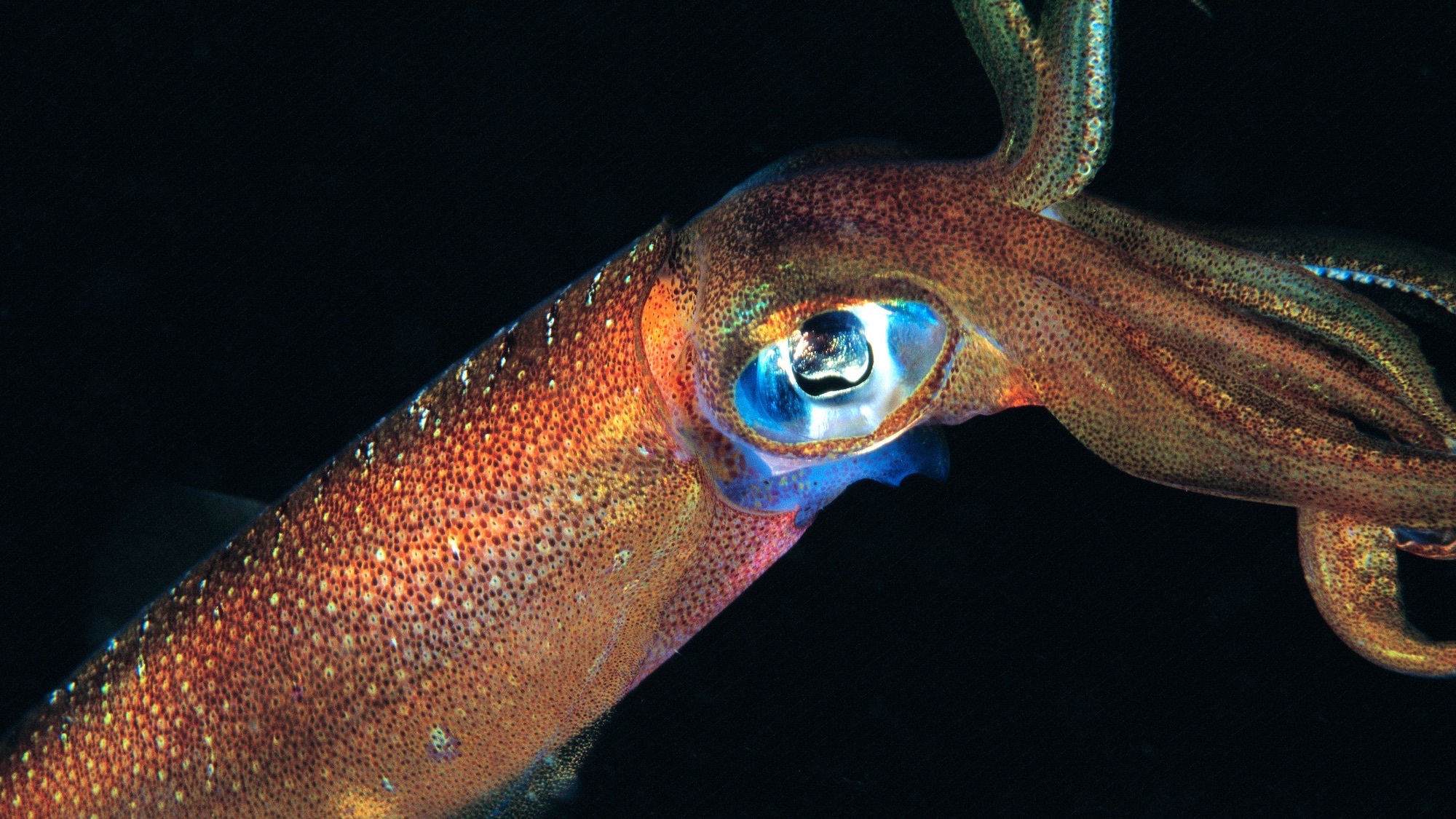Now Reading: Humans Have Explored Just 0.001% of the Ocean Floor
-
01
Humans Have Explored Just 0.001% of the Ocean Floor
Humans Have Explored Just 0.001% of the Ocean Floor

Swift Summary:
- A recent study published in Science Advances highlights the minimal exploration of Earth’s deep oceans.Humans have visually observed only 0.0001% of waters deeper than 656 feet.
- Mapping of Earth’s ocean floors using high-resolution technology stands at just 26.1%, with US waters being slightly better at 54%.
- The average depth of the ocean floor is around 12,080 feet, and most explored seafloor regions are concentrated near countries such as the US, Japan, New Zealand, France, and Germany (accounting for 97.2% of dives).
- Researchers estimate that even if 1,000 submersibles mapped areas daily for a total span of over one square mile each day per unit, it would still take another 100,000 years to fully explore the global seafloor.
- Scientists emphasize the need to address biases in exploration data and select new target areas deliberately to create an unbiased global understanding.
- Deep-sea exploration faces notable logistical and financial challenges; only about ten submersibles worldwide are certified for extreme depths.
Indian Opinion Analysis:
While outer space frequently enough grabs public creativity in terms of exploration progress, this study starkly reveals how limited our understanding is regarding Earth’s oceans-70% covering our planet yet vastly unexplored.For India specifically-with its long coastline and sizeable Exclusive economic Zone (EEZ)-ocean mapping could emerge as an avenue for advancing marine biodiversity research or geopolitical insight.
Currently dominated by five nations in terms UK-certifications by divers relying countries’ logistical-rich range-proven equity elite-back future-cost solutions






















